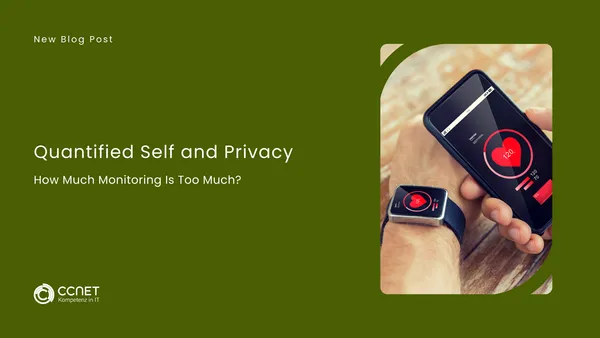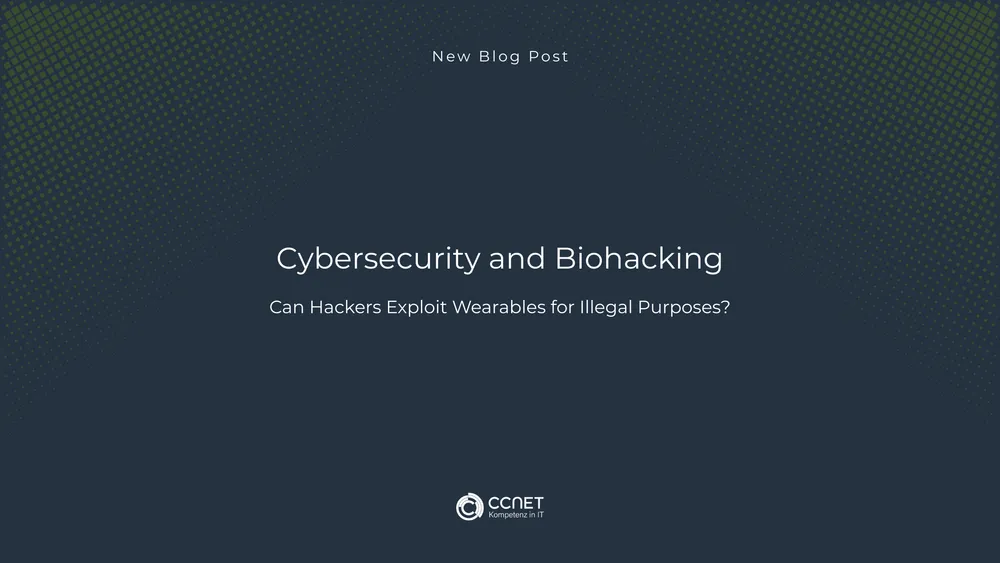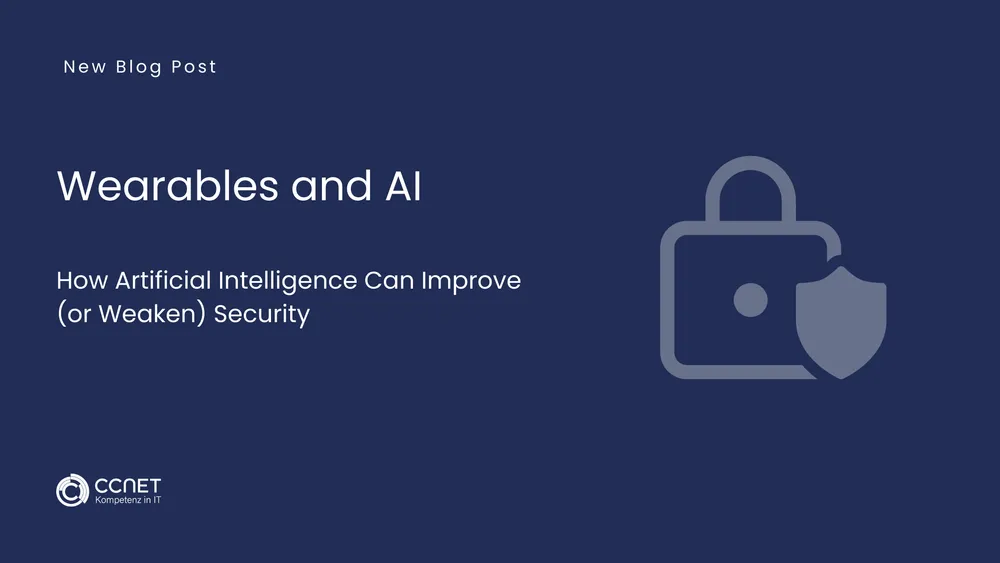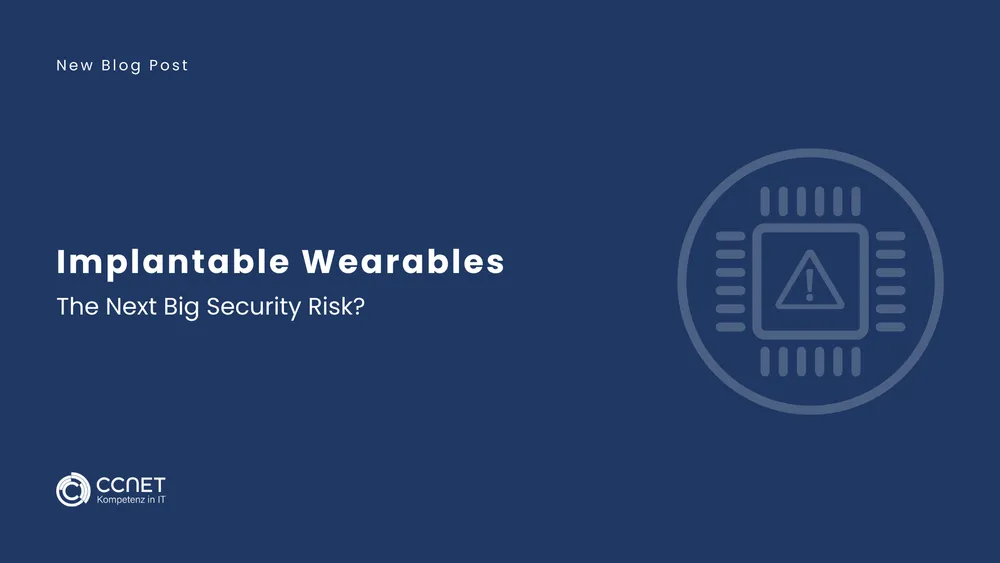
CCNet
Sep 5, 2025 • 2 min read

Quantified Self and Privacy: How much monitoring is too much?
The quantified self movement encourages people to track their health and behavior through wearables, apps, and digital platforms. Whether it’s sleep patterns, calories burned, heart rate, or mood levels—there’s virtually no limit to what can be measured. But while this data promises greater self-awareness and improved health, it also poses growing risks to privacy. Where do we draw the line?
1. What Is the Quantified Self Movement?
The term “Quantified Self” describes the practice of continuously recording personal data in order to improve lifestyle choices, health, and performance. This includes:
- Wearables that track steps, sleep, and heart rate
- Apps that monitor diet, stress, and mental health
- Smart scales, thermometers, and blood pressure devices
- Cloud platforms that analyze long-term behavior patterns
For many users, tracking becomes a daily habit—or even an obsession.
2. Privacy Risks of Constant Self-Tracking
The more data is collected, the more vulnerable users become to:
- Data leaks: Sensitive health or location data can be exposed through insecure apps or cloud storage.
- Behavioral profiling: Companies use tracking data to build psychological profiles for targeted advertising.
- Loss of anonymity: Even anonymized data can often be re-identified through cross-referencing with other datasets.
- Digital discrimination: Health or behavior data may influence decisions about insurance rates, job applications, or creditworthiness.
3. Who Has Access to the Data?
Most users are unaware of who collects and uses their data:
- App developers and platform operators often share data with third parties.
- Employers and insurers may offer wearables as part of health programs—but use data to assess performance or risks.
- Hackers can access unsecured data and exploit it for blackmail, identity theft, or manipulation.
4. The Psychological Consequences of Over-Tracking
Beyond privacy, excessive self-monitoring can negatively affect mental health:
- Obsession with metrics: Users may focus more on data than on real well-being.
- Stress and anxiety: Constant tracking of health indicators can create worry or pressure.
- Loss of spontaneity: Everyday life becomes dictated by sensors and charts.
5. How to Use Tracking Responsibly
Users can protect themselves without abandoning the benefits of digital health:
- Set limits: Only track what is meaningful and beneficial.
- Use privacy-focused apps: Choose providers that offer strong data protection and transparency.
- Turn off tracking functions when not needed.
- Regularly delete outdated or unused data.
- Educate yourself about rights under GDPR and other privacy laws.
6. Conclusion: Awareness Before Data
Self-tracking can be empowering—but it also carries the risk of overexposure. Users must remain conscious of what they track, who sees the data, and how it is used. True self-awareness begins not with numbers, but with informed decisions and a healthy balance between digital tools and real life.


